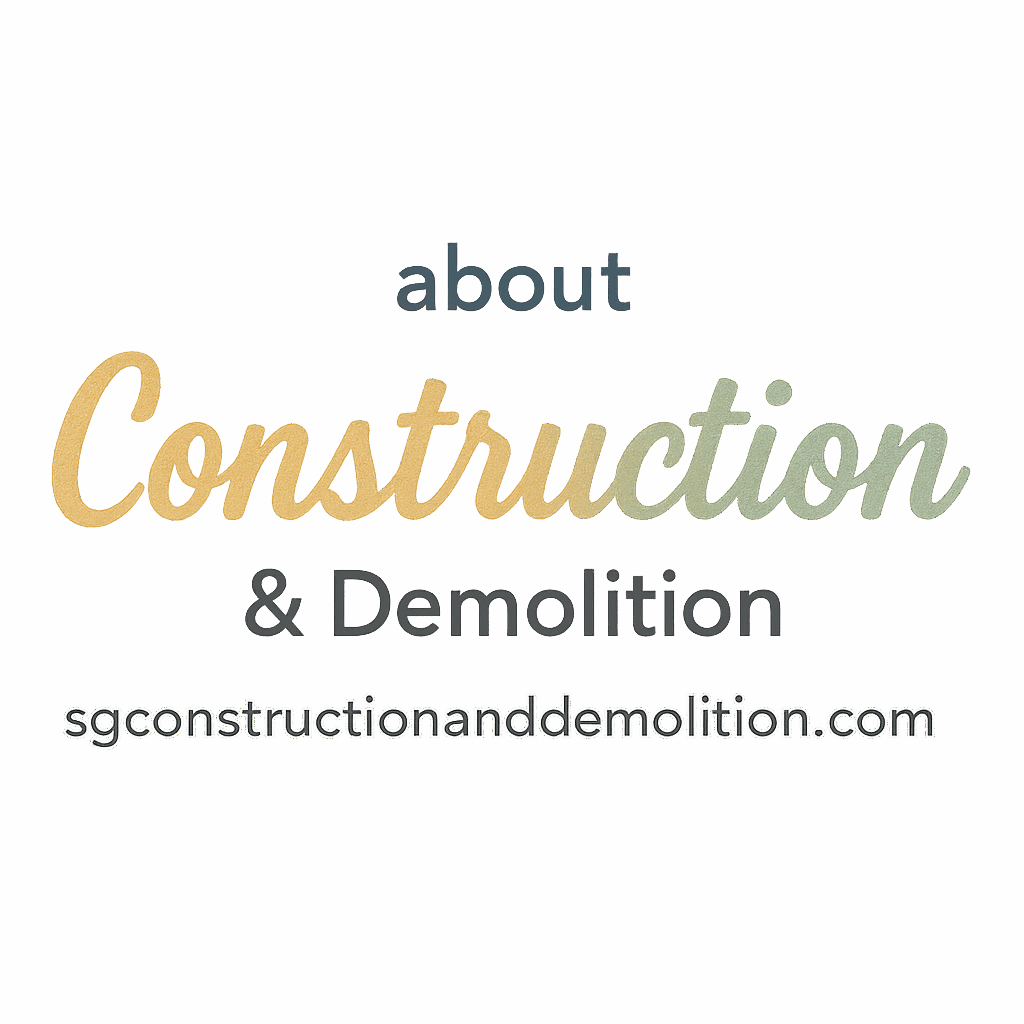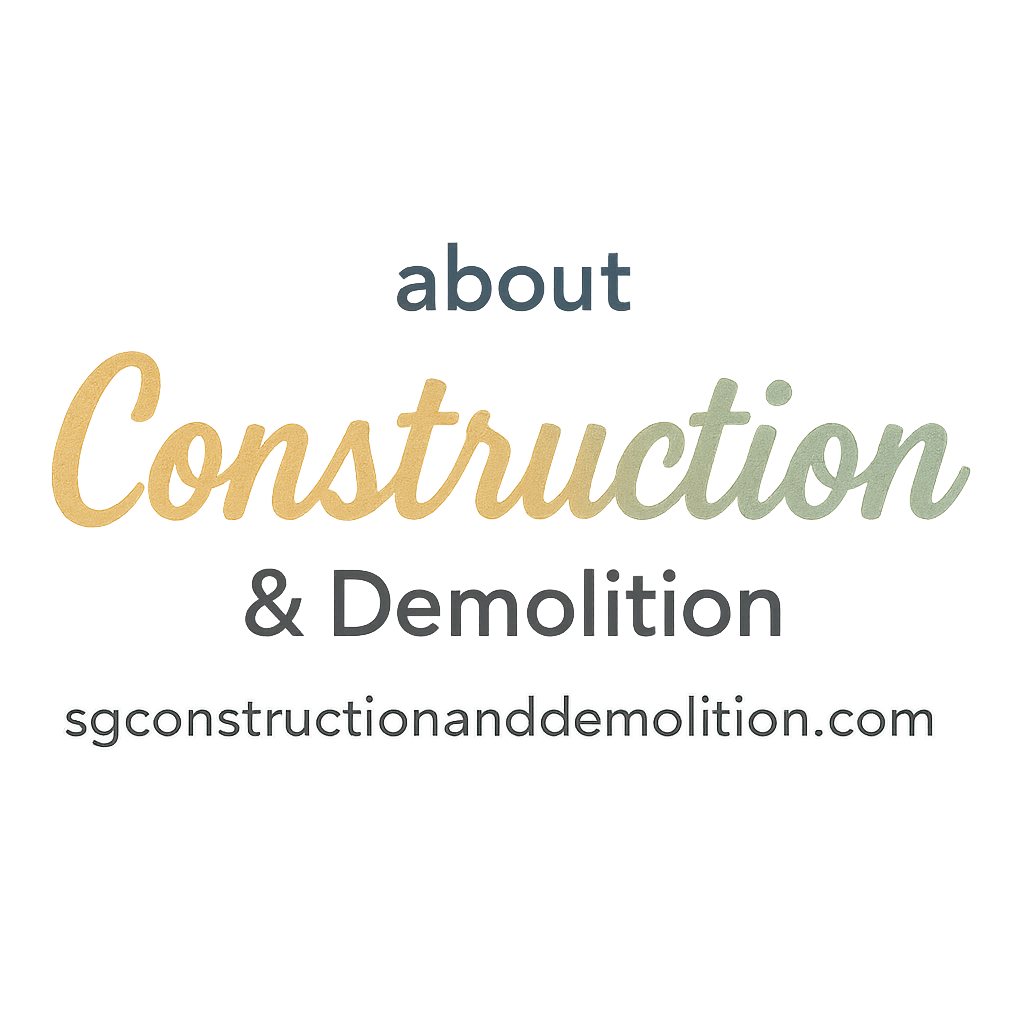So, you’ve got that itch to get your hands dirty and dive into the world of construction. Whether you’re aiming for a career in the field or just want to be the go-to fixer in your neighborhood, learning the basic construction skills is where you start.
Let’s break it down into the 7 foundational skills every aspiring builder should learn first. We’ll keep it practical, beginner-friendly, and loaded with pro tips (and internal links!) to get you started the right way.
Why Learning Basic Construction Skills Matters
Before we start hammering away, let’s talk about the “why.” Construction might look like it’s all brute force, but it’s really a mix of precision, planning, and safety. Learning the basics is like laying a foundation—without it, everything else crumbles (literally).
If you’re just starting out, check out this helpful section for Construction Basics that’ll give you an overview of how the industry works.
1. Tool Handling & Safety Basics
Essential Tools Every Beginner Should Know
Tools are your best friends in construction—but only if you know how to use them. You don’t need a full workshop to start; here are the basics:
- Hammer
- Screwdrivers (Flathead & Phillips)
- Tape Measure
- Handsaw
- Cordless Drill
- Utility Knife
Want to go deeper? Bookmark the Tools & Equipment section at SG Construction & Demolition for gear-specific advice.
Safety Measures You Can’t Skip
Construction isn’t a no-risk zone. Injuries happen when you least expect them, often with tools you think are harmless. Always wear:
- Safety goggles
- Gloves
- Hearing protection
- Steel-toe boots
Also, never start without reading the Planning & Safety guide.
🔗 Related Resource
Explore Power Tools and stay safe with equipment that packs a punch.
2. Reading Blueprints & Construction Plans
What Are Blueprints and Why They Matter
Imagine trying to assemble IKEA furniture without the instruction manual—that’s what working without blueprints feels like. Blueprints help you understand:
- Measurements
- Load points
- Material specs
- Project timelines
Common Symbols and Terms to Understand
You’ll see abbreviations like:
- CL – Centerline
- WD – Window
- BRG – Bearing
- R.O. – Rough Opening
Learning these terms is a must before stepping on-site.
🔗 Related Link
Get familiar with terminology from this beginner-friendly Construction Tag page.
3. Measuring and Marking Accurately
Tools for Measuring and Marking
A simple mistake like misreading your tape measure can throw off an entire project. Start with:
- Tape measure (metric and imperial)
- Carpenter’s pencil
- Square
- Chalk line
Tips for Precision
- Measure twice, cut once (seriously!)
- Always use a level
- Don’t rush marking lines—accuracy saves time later
🔗 Semantic Tag Link
Explore all things Steps and measurement in foundational work.

4. Basic Framing and Structural Work
What is Framing?
Framing is like the skeleton of a building. It holds everything up—walls, roof, doors. Learn this and you’re halfway to being a builder.
Framing Tools and Techniques
- Use 2x4s and 2x6s for wall framing
- Nail guns or hammer-and-nails for fastening
- Understand stud spacing (usually 16” on center)
🔗 Resource for Beginners
Visit this section on Beginners to get your framing fundamentals down.
5. Mixing and Pouring Concrete
Understanding the Concrete Mix
Not all concrete is created equal. You’ll need to know:
- Ratio of cement, sand, and gravel
- When to add water (not too much!)
- Curing times
Pouring and Setting Process
- Use a wheelbarrow and shovel to mix
- Pour slowly and evenly
- Use a screed board to level it out
- Keep it moist for proper curing
🔗 Related Green Smart Trends
Learn about eco-friendly materials from the Green & Smart Trends blog.
6. Using Power Tools Correctly
Top Power Tools to Master First
- Cordless drill – Your ultimate beginner tool
- Circular saw – Perfect for clean cuts
- Sander – Smooths surfaces like butter
- Jigsaw – For curves and custom shapes
How to Avoid Common Mistakes
- Don’t force the tool—let it work
- Always read the manual
- Double-check your power source
- Test it before going full speed
🔗 Safety & Innovation Links
Visit tags for Innovation and Electric for the newest trends in tools and safety.
7. Demolition Skills for Beginners
When and How to Demolish Safely
Before building, sometimes you gotta break things. Demolition isn’t just about swinging a hammer—it’s about precision and planning.
- Shut off utilities
- Clear the area
- Use the right gear
Demolition Techniques to Know
- Soft demolition (hand tools, non-structural)
- Selective demolition (removing specific parts)
- Total demolition (complete teardown)
🔗 Demolition Internal Resources
Learn about safe demo methods at Demolition Techniques and Demolition Tag.
Conclusion
Getting started in construction isn’t about knowing everything—it’s about mastering the basics and building from there. From understanding tools and blueprints to mixing concrete and doing safe demolition, these 7 construction skills lay the groundwork for a long, successful journey in the field.
Don’t forget to explore the incredible resources on SG Construction & Demolition for more insights, tutorials, and beginner guides. They’ve got everything you need, from project management to busting myths in construction.
FAQs
1. How long does it take to learn basic construction skills?
It depends on your dedication, but most people can pick up the basics within 3–6 months with hands-on practice.
2. What is the most important construction skill for beginners?
Tool safety and accurate measuring. These two alone can prevent major mishaps.
3. Can I learn construction skills online?
Yes! Platforms like SG Construction & Demolition offer tutorials, guides, and blogs that help you learn remotely.
4. What tools should I buy first as a beginner?
Start with a hammer, tape measure, screwdriver set, handsaw, and cordless drill.
5. Is demolition safe for beginners?
It can be, if done right. Always shut off utilities and wear safety gear. Learn from the demolition safety guide.
6. What’s the best way to practice framing?
Build small structures like a shed or dog house first. That helps you learn without the stress of a large project.
7. Where can I find construction tips for beginners?
Right here: sgconstructionanddemolition.com/tag/beginners


